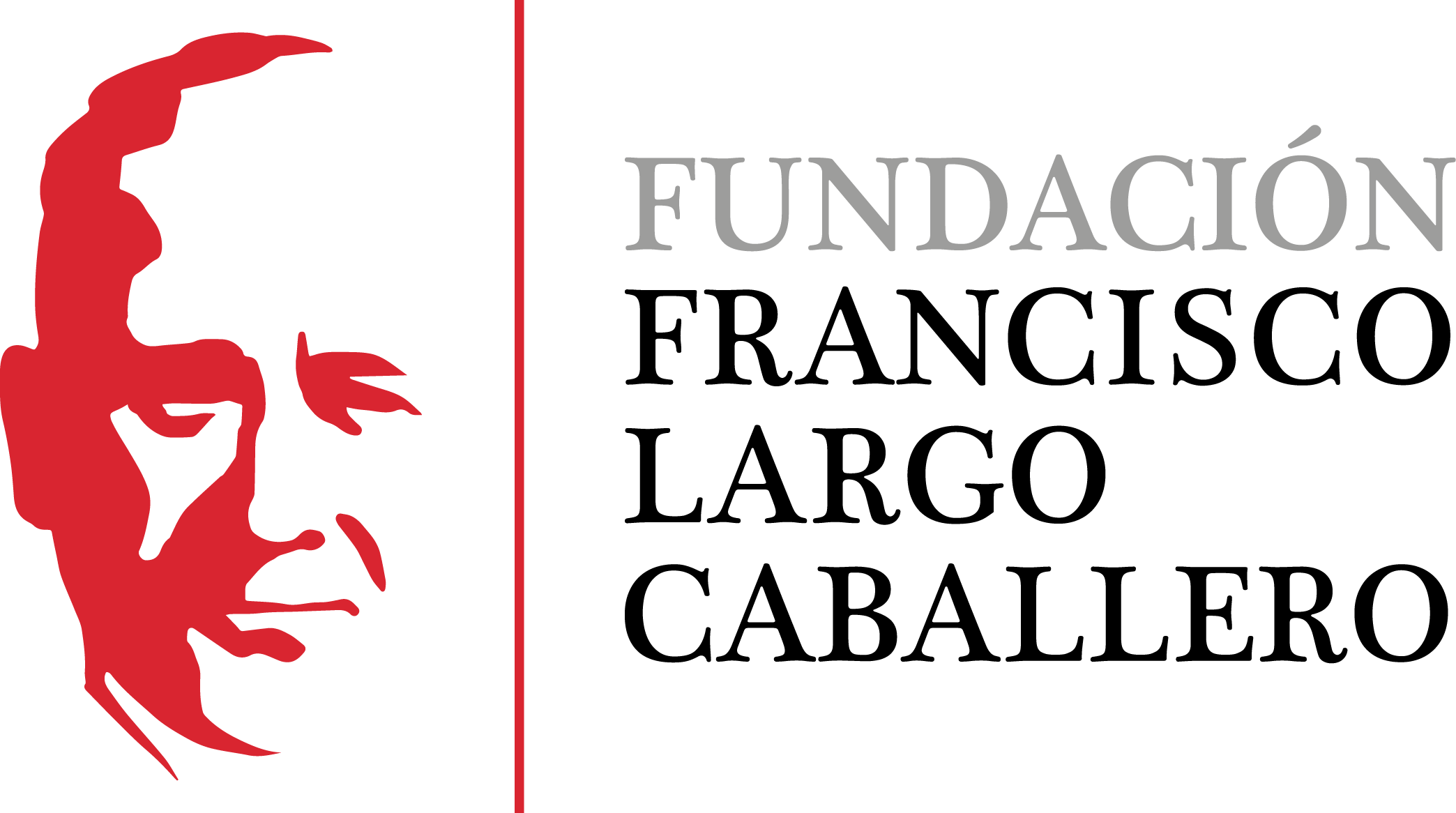An Anarchist in the Shadows: Pedro Esteve and the Covert Networks of Transnational Anarchism
DOI:
https://doi.org/10.69791/rahc.124Keywords:
Anarchism, Transnational Network, Pedro Esteve, Barcelona, Spain, United States of America (USA).Abstract
In the late 19th century and early 20th century, the period when anarchist ideas had their greatest impact, these circulated intensely throughout Europe and spread widely across the American continent. The anarchist movement can be understood to its fullest extent only if studied as a transnational -although informal- network. The national approach traditionally adopted by studies on anarchism has left aside key figures of the movement. This is the case of the Catalan printer Pedro Esteve who emigrated to America in 1892 and never returned to Spain but, far from disappearing, was extraordinarily active from his operation headquarters in the USA until his death in 1925. His home was the meeting point and a must place for anarchists from many different countries. The newspapers he edited, or those where he was a key member of the editorial team, played a central role in a transnational connection which he considered essential for the development of the anarchist movement. For three decades he carried out a vast agitation and propaganda activity among Spanish, Italian and Cuban workers. The aim of this article is to examine Esteve’s dense -although diffuse and opaque- transnational network of connections during the period between the two centuries when anarchism was at its height.
Downloads
Global Statistics ℹ️
|
105
Views
|
29
Downloads
|
|
134
Total
|
|
Downloads
Published
How to Cite
Issue
Section
License
Copyright (c) 2014 Susana Sueiro Seoane

This work is licensed under a Creative Commons Attribution 4.0 International License.
Alcores is an open-access journal. It provides unrestricted access to its content from the moment of publication. We respect intellectual property rights, and for this reason, the author retains the copyright. All content is distributed under a Creative Commons Attribution 4.0 International (CC BY 4.0) license. The terms of the license can be consulted at: https://creativecommons.org/licenses/by/4.0/
This license allows sharing (copying and redistributing the material in any medium or format) and adapting (remixing, transforming, and building upon the material for any purpose), provided that authorship and first publication in this journal are properly credited, a link to the license is included, and any changes made are indicated.
This type of license facilitates the freedom of reuse and ensures that the content of this journal can be used to meet research needs.





